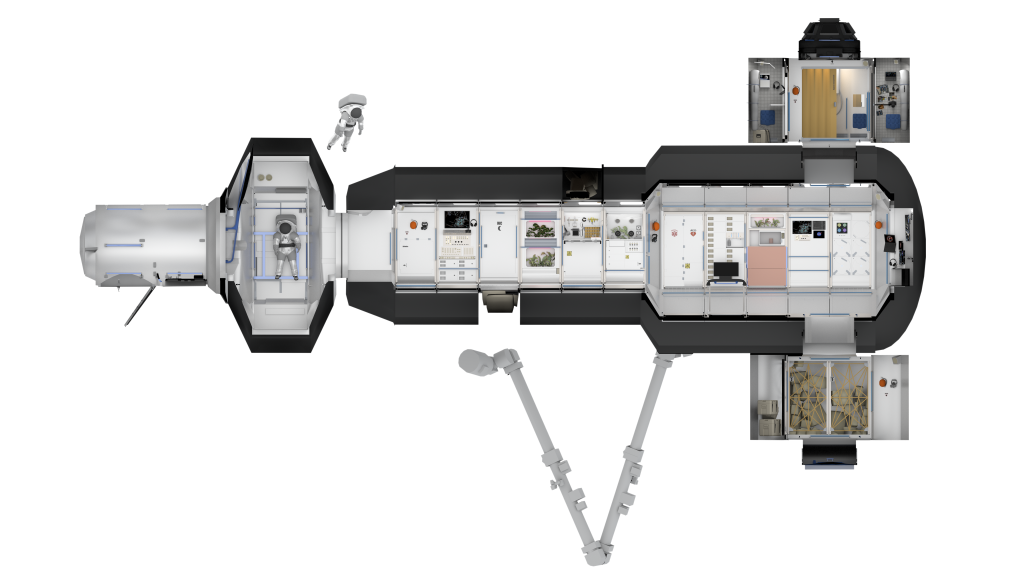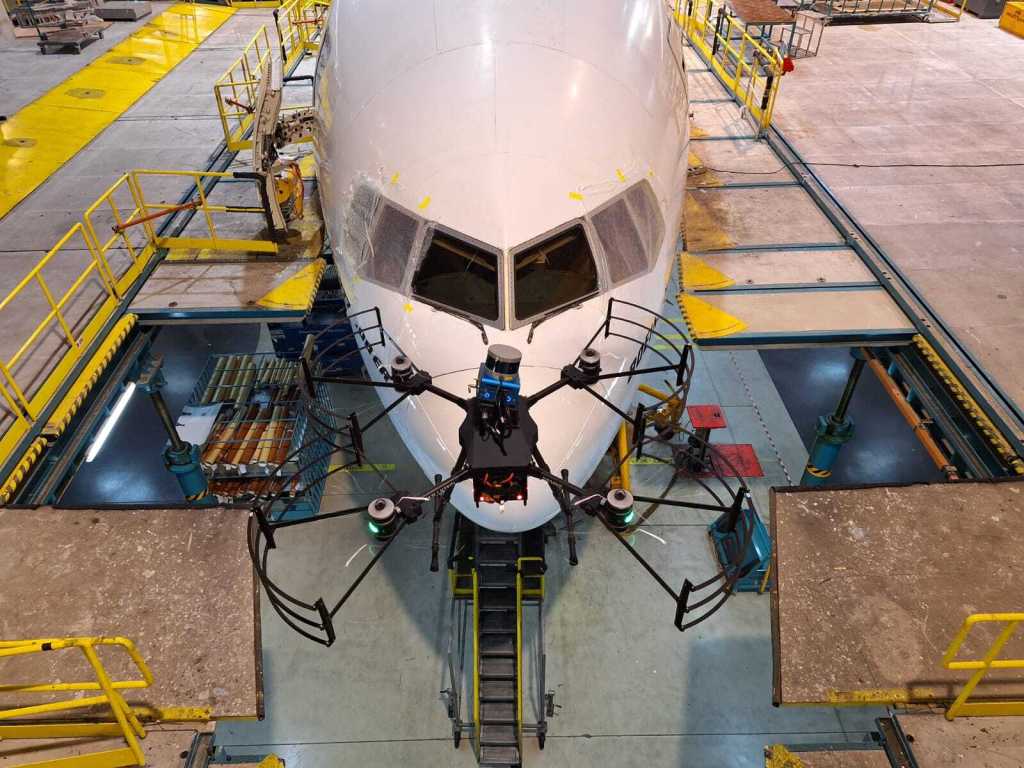Mia Siochi
Contents
Personal Essay
Becoming part of the NASA family was a happy accident.I was born in the Philippines and grew up there.I received my Bachelor of Science degree in chemistry from the Ateneo de Manila University, a liberal arts Jesuit university.Coming to the United States for graduate studies was as far as I dreamed about, coming out of college.I went to Virginia Tech for my masters degree in chemistry.
At that time, I had a brief encounter with NASA Langley Research Center (LaRC) when my thesis research was on a project funded by the Flow Physics Branch.The objective of my work was to investigate coatings that can prevent bugs from sticking to aircraft wings.We tested several coatings with low surface energy by mounting coated strips of aluminum substrates on a rig sitting atop a car that my advisor, Jim Wightman, drove around his vacation home at the Mobjack Bay.I analyzed these coatings afterward to determine the effect of surface energy on insect residues that adhered to the substrates. It was a subject that was easy to talk about because most people can relate to bugs on their car windshield.
For my PhD, I switched advisors and worked on polymer characterization with Tom Ward. Among the things I learned from him were how to approach problem solving and the importance of communication. Students from his group had to come up with their dissertation problems independently, which made for some challenging and stressful times that proved invaluable for the learning experience.As a “fringe benefit,” students from his group also participated in the polymer short courses held at Virginia Tech several times a year.These courses gave us the opportunity to teach what we learned in school to attendees with various backgrounds.
Toward the end of my post-doctoral fellowship at Virginia Tech, I happened to give a tour of our lab to Terry St. Clair, head of the then Composites and Polymers Branch here at NASA Langley.He was instrumental in bringing me to Langley as a Lockheed contractor in 1990, to provide polymer characterization support to the polymers group.
I became a civil servant in 1998 and had the opportunity of working on the Biomimetics Planning team. Although the experience took me out of my comfort zone in materials science, it allowed me to get to know researchers in other disciplines at the center spanning aerodynamics, dynamics and control, structures, systems analysis and fabrication.
Soon afterward, the National Nanotechnology Initiative infused a significant amount of funding into nanotechnology research and I was privileged to be part of the team that shaped this emerging capability at LaRC.
Now about 10 years hence, we continue to make strides in understanding how nanomaterials might revolutionize the way we can conceive of aerospace concepts for the future.I am currently working on a project to determine how we can harness the tremendous mechanical properties observed at the nanoscale for carbon nanotube-based materials, to revolutionize access to space by enabling a paradigm shift in concepts for lightweight vehicles.
I believe it is a problem that can be solved more readily by taking the multidisciplinary approach.As my experience on the Biomimetics Planning team taught me, I can learn from the varied perspectives provided by the other disciplines in tackling this complex problem.
I have also come full circle, and am supporting work in the area of engineered surfaces to promote fuel efficiency through drag reduction by preventing insect residue adhesion on aircraft wings.This time, in addition to looking at how chemistry can provide a solution to the problem I first studied as a graduate student, I am also learning about the biological aspect of this problem. The coatings we are developing are designed to counteract the adhesion of biological fluids; this means that we have to look not only at materials and chemistry literature, but must also learn from biology journals to obtain guidance on materials design and testing.
While many of the projects I have been involved with are longer term so that we are not likely to see the fruits of our labor in current systems, the bug project provides us with the unusual opportunity of seeing results of our work tested in a realistic environment within a much shorter timeframe.In flight tests planned for the coming year, we will know if we can cheer for successful results, or if we have to go back to the drawing board.
I believe more exciting discoveries in materials science are in store in the near future.We are just beginning to tap the possibilities of how we can use biology as inspiration to achieve what we have not been able to do thus far. For instance, I am involved with developing materials that are more damage tolerant due to self-healing properties.These are materials that inherently puncture-heal following penetration by high velocity projectiles. While it may sound like magic, this characteristic is made possible by understanding how molecular design contributes to unusual, but useful properties.
In my tenure with NASA, I have been blessed with opportunities to contribute to what can be possible in the future, to make what some might consider science fiction a reality.Looking back at my experiences, I can see how lessons learned at each step along the way have shaped who I am and how I view problem solving, as well as life in general.
What appeared to be accidents or coincidences have provided me with the tools and opportunities to develop in ways I certainly did not envision growing up.I am grateful and proud to be part of the NASA family, to be part of an organization tasked with going forth into uncharted territory, to be part of creating a better future for the benefit of society.
Biography

Seeming coincidences may not be accidental.Giving a lab tour to a seminar speaker led to Mia Siochi coming to NASA Langley Research Center when that speaker happened to be the head of the Composites and Polymers Branch who was looking for someone to support its polymers characterization need of the branch. He offered her a job and thus began Dr. Siochi’s journey to NASA.Today, she works on emerging technologies that can change the way aerospace structures are designed in the future.She leads efforts to develop super strong lightweight structural materials based on carbon nanomaterials.These materials have the potential to change how we might design launch vehicles in the future. Dr. Siochi is working on designing engineered surfaces that prevent insects from sticking to aircraft wings in order to enhance fuel efficiency, a research problem she first encountered in graduate school.Self-healing material systems are part of her research portfolio. These materials can prevent catastrophic damage from projectile penetration due to their ability to self-heal from punctures. In many ways, NASA has given Dr. Siochi opportunities to make what sounds like science fiction a reality.It all started from a “happy accident.”Sheholds a Bachelor’s in chemistry from the Ateneo de Manila University in the Philippines and a Master’s in chemistry andPh.D. in materials engineering from Virginia Tech.

























